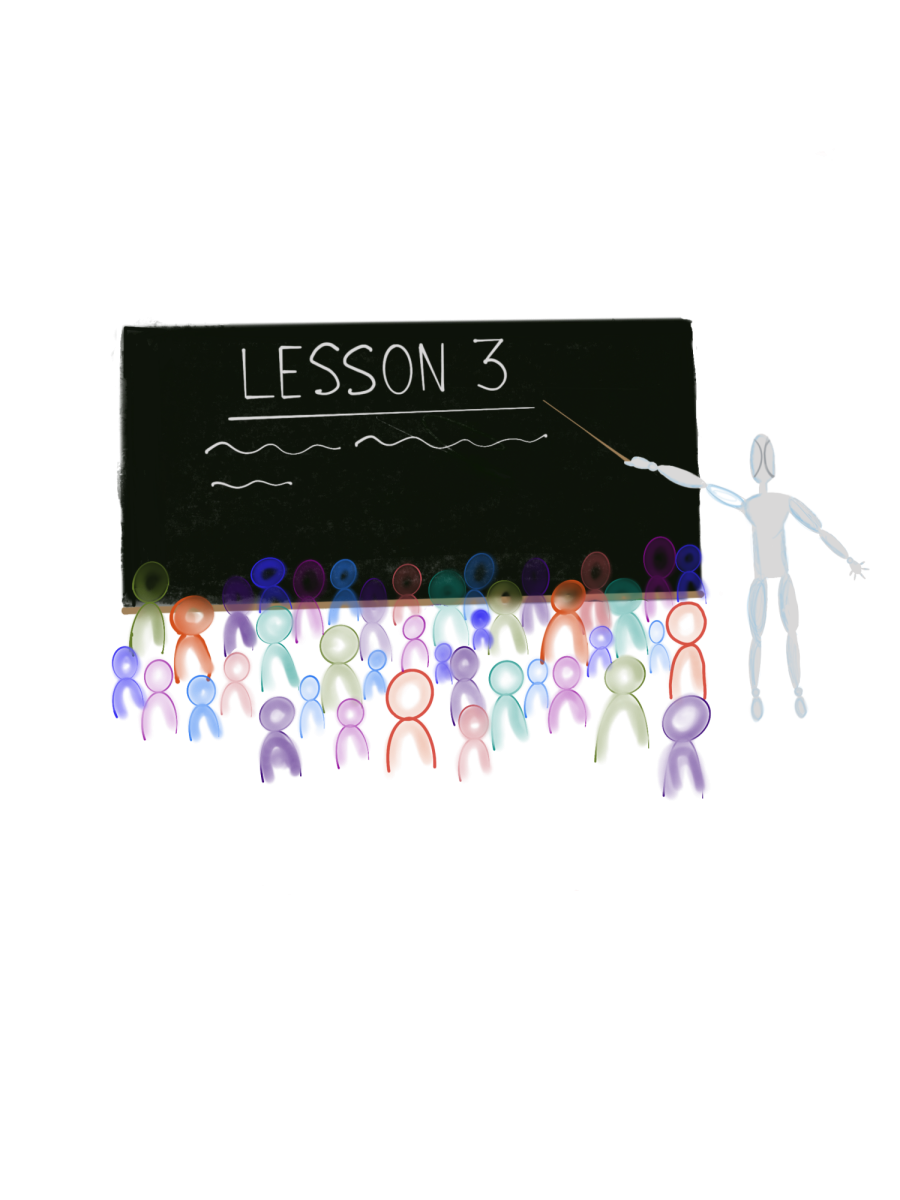Let’s say that in about 50 years, humanity advances to such a complex level that what we consider science fiction is a scientific fact. Take the fictional Teleporter, a device so powerful it can instantly transport objects from one spot to another. The proposed method of transportation, however, is often a major source of contention.
The biggest controversy known today is the Teletransportation Paradox. It goes a little something like this: Let’s say that teleporters exist and they transport objects by disassembling them, atom by atom, and reassembling them in another place by the same process. If we were to put a human—let’s say his name is Dave—into a teleporter, and we transported him from Earth to Mars, would Dave still be the same Dave?
Well, the obvious answer seems to be yes: He was on Earth and now he’s on Mars; however, it is not that simple. We took Dave apart atom by atom. Doesn’t that mean we killed him in the process and just cloned him on Mars, or did we actually transport Dave? Dave is a clone not to be trusted, but the dispute begins when varying perspectives emerge.
One standpoint is known as Form Tracking Identity. It is the idea that if something looks a certain way, then it will always be that. For example, when we wake up in the morning, we feel and (for the most part) look like the same person as we did the night before. In this regard, we feel a sense of continuity. This is the basic principle of Form Tracking Identity and it argues that the most obvious answer is true: We did just transport Dave to Mars. However, I don’t buy it.
The other, more complex, way to see this is the Spatial Tracking Identity. Spatial Tracking Identity means that something can be identified based on what has affected that thing. For example, if we told Dave to walk in a straight line and draw a line behind him as he walked, then we could determine that it is still Dave, as we saw exactly where he was before.
Since we cannot draw a straight line behind Dave as he is being teleported, then that means that we did kill him by tearing him and his insides apart, and the Dave on Mars is just a clone. I reiterate, we do not trust Dave the clone here.
This problem, among others we may face in the future as technology progresses, all really comes down to perspective. How one sees the world may determine their fate and that of others. So take this as a reminder not just to think, but to ponder the fantastic and seemingly random nature of humans and the universe. This paradox is just one of the possible thousands that need to be solved, for Dave’s sake at least.





























































Netta Thomas • Aug 8, 2022 at 5:19 pm
So! The clone would have no soul? Then the people on Mars would be imposters? Please! Write a book about this
Hi
Mark • Jun 11, 2020 at 9:46 pm
I honestly think that Dave #2 (the clone) deserves to take Dave #1’s spot. I mean it’s Dave’s fault for teleporting..